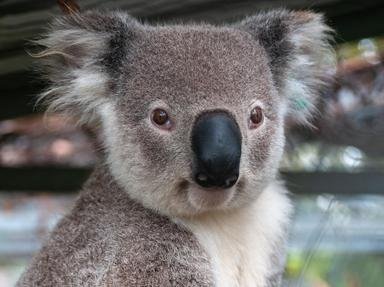Quiz Answer Key and Fun Facts
1. Can cane toad (Rhinella marina) venom kill humans?
2. Which shark, with the scientific name of Carcharhinus leucas, is generally considered to be the most dangerous to humans?
3. In which of these behaviors do Australian estuarine crocodiles (salties) NOT indulge?
4. Has the Irukandji jellyfish (Carukia barnesi) caused more deaths in Australia than the Australian box jellyfish (Chironex Fleckeri)?
5. What Australian snake causes the most number of fatalities?
6. Is the brown recluse spider the deadliest spider in Australia?
7. What is the name of the toxin found in the blue-lined octopus?
8. Which of the following insects kills the most people in Australia each year?
9. The deadly stonefish, feared by swimmers and divers, is responsible for more than five deaths in Australia each year.
10. What non-human, non-insect animal is related to more human deaths in Australia than any other animal?
Source: Author
Bheth
This quiz was reviewed by FunTrivia editor
Tizzabelle before going online.
Any errors found in FunTrivia content are routinely corrected through our feedback system.


